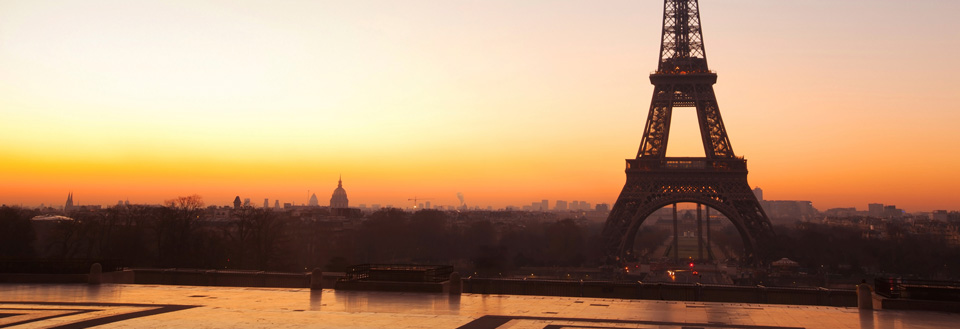
The great Gothic cathedral of Kaunas is a truly impressive building. The earliest sections of the cathedral have been dated to the 15th Century, but over the centuries it has been expanded and rebuilt several times. The cathedral has a 42 metre tall tower that is visible throughout the city.
Kaunas' so-called Devils' Museum is a phenomenon quite out of the ordinary. It holds a large collection of effigies of devils from all over the world. A striking exhibit shows the two men who embody modern oppression in Lithuania: Hitler and Stalin - refurbished with goats' legs and horns.
To anyone interested in history the restored remnants of Kaunas' old fortress are well worth a visit. The fortress has shielded the citizens of Kaunas against their enemies since the 13th Century - it's the oldest of its kind in Lithuania. Apart from its function as a defensive system, the fortress has been used as a prison, but for years was left to decay. Today the ruins are partially restored and house among other things an historical museum.
The old part of Klaipeda is filled with beautiful old houses and intriguing little alleys. Large sections of the neighbourhood have been renovated, and a stroll through its streets is a journey through Klaipeda's past and Lithuania's heritage.
Klaipeda has every right to be proud of its many newly restored old dockside warehouses. The grand timber frame buildings carry great cultural significance as they mark the city's historical importance as the chief port of trade in Lithuania. In the 1980s, one of Klaipeda's large warehouses was restored and converted into an attractive gallery for modern Lithuanian art.
Outside the city of Siauliai in northern Lithuania lies one the country's most important Catholic shrines: Kryziu Kalnas, the Hill of Crosses. This man-made mound is covered with more than 100,000 crosses. It is a truly unique and awe-inspiring sight. Through the years the hill has served as a sort of "tomb of the unknown" for the many people who lost family members in the course of Lithuania's turbulent and bloody history and have planted a cross here as a symbol. The Soviets made repeated attempts to destroy the Hill of Crosses, but never succeeded.
The supreme point of interest in Neringa is the natural landscape. Great chalk white beaches stretch along the glittering sea in front of magnificent forests. The area has such a reputation for natural beauty that local authorities have had to start charging an entry fee to curb potentially destructive mass tourism. Over the years, Neringa has fascinated many different people. The author Thomas Mann spent his holidays in Neringa for many years. During the Soviet reign the area was closed off as a military facility. Neringa's main town of Nida is where you will find most of the accommodation.
A trip to Vilnius is an incomparable architectural experience. After the neglect of the Communist era, many of the city's beautiful historical buildings have been carefully restored. Today, most of Vilnius comes across as a beautiful old city of extraordinary atmosphere and charm.
The catholic cathedral in Vilnius, the Arkikatedra Bazilika, is built on the site of the country's first catholic church from the 13th Century. Today the cathedral looks extravagant and striking, but in fact it has been reconstructed after several fires wars since it was originally built in the 18th Century.
The original headquarters of the feared Soviet intelligence agency has been made into a museum and a monument over the horrors of the Communist era. A tour of the dungeons and torture chambers in the building's subterranean levels is not for the faint-hearted.
Like so many of the churches and houses in Vilnius the Sv. Jono Baznycia has been rebuilt several times due to the destructive effects of fires and wars. The interior of the church is lavishly decorated, and the 68 metre tall spire looms over the rooftops of the city. The Sv. Jono Baznycia church is magnificent inside and out, and is rightly considered to be among the true gems of Vilnius.